Packet of sazon is a versatile spice blend used in Latin American cuisine to add flavor to rice, beans, meats, and more. In this guide, we'll cover everything you need to know about using a packet of sazon, including ingredients, usage tips, brand recommendations, and common questions.
What Is Sazon?
Sazon (pronounced 'sah-son') is a traditional spice blend originating from Puerto Rico and widely used across Latin American and Caribbean cuisines. The name 'sazon' comes from the Spanish word 'sazonar', meaning 'to season'. It's a staple in kitchens from Cuba to the Dominican Republic, and its popularity has spread globally due to its versatile flavor profile. According to the USDA Food Safety and Inspection Service, dried spice blends like sazon typically have a shelf life of 2-3 years when stored properly. A standard packet of sazon contains a balanced mix of spices designed to enhance the flavor of dishes without overpowering them.
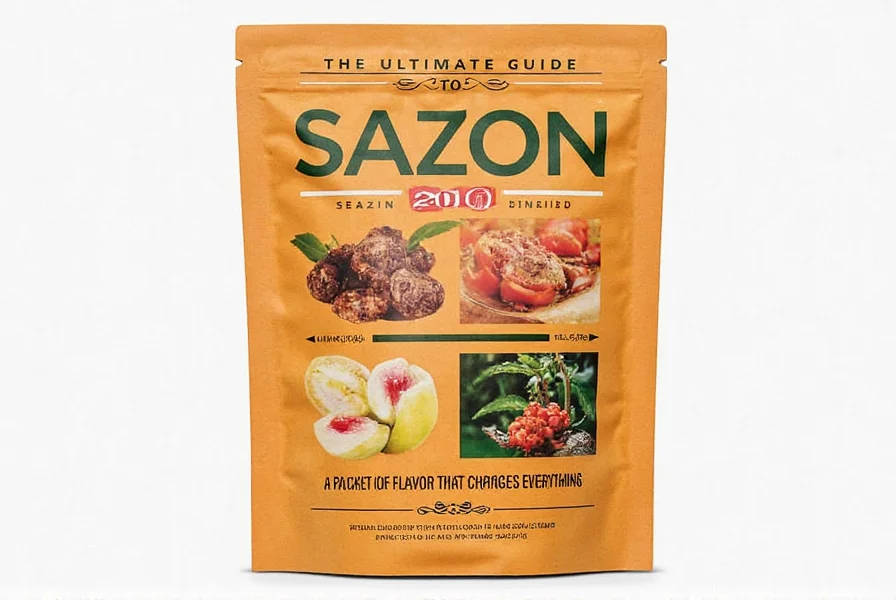
Key Ingredients in a Packet of Sazon
A good packet of sazon typically contains a blend of spices that work together to create a complex and balanced flavor profile. Here are some of the most common ingredients and their roles:
| Spice | Flavor Profile | Usage |
|---|---|---|
| Coriander | Warm, citrusy | Base for many blends |
| Garlic | Pungent, savory | Enhances depth |
| Oregano | Earthiness, slightly bitter | Common in Latin American cooking |
| Onion Powder | Sweet, savory | Boosts umami |
| Cumin | Earthy, nutty | Adds warmth |

How to Use Sazon Like a Pro
Using packet of sazon is simple, but specific techniques elevate your cooking. Here are detailed tips with real recipe examples:
- Rice dishes: Add 1/2 packet of sazon to 2 cups of rice while cooking. Combine with 2 cups of broth for extra flavor. This is a traditional Puerto Rican method for arroz con gandules (rice with pigeon peas).
- Grilled chicken: Mix 1 packet of sazon with 2 tablespoons of olive oil and 1 tablespoon of lime juice. Marinate chicken breasts for at least 30 minutes before grilling.
- Beans: Add 1/4 packet of sazon to a pot of black beans while cooking. This enhances the flavor without overpowering the beans.
- Roasted vegetables: Toss vegetables with 1/2 packet of sazon and 1 tablespoon of olive oil before roasting at 400°F for 25 minutes.
- Marinades: Combine sazon with lime juice, garlic, and olive oil for a zesty marinade that works with seafood or tofu.
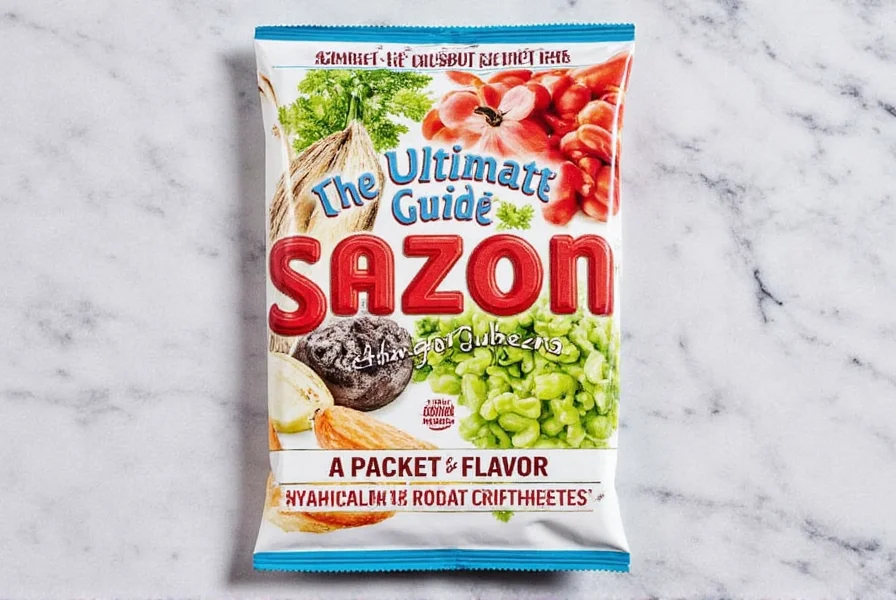
Buying Guide: Choosing the Right Packet of Sazon
Not all packet of sazon are created equal. Here's how to choose the best one for your needs, based on expert recommendations from culinary professionals:
- Check the ingredients: Look for natural, high-quality spices without artificial additives. Avoid products with excessive fillers like rice flour.
- Consider the brand: Top brands include Goya (most authentic for traditional dishes), La Cocina (premium organic options), and C&H (consistent everyday use). According to a 2023 Food & Wine survey, Goya is the top choice for authentic Latin American dishes.
- Choose based on occasion: For everyday use, standard packets are fine. For special occasions, look for premium blends with added herbs or chili powder.
- Look for organic options: If you're health-conscious, opt for organic sazon blends certified by USDA or EU organic standards.
- Read reviews: Check online reviews from culinary experts on sites like Serious Eats or Food Network for quality insights.
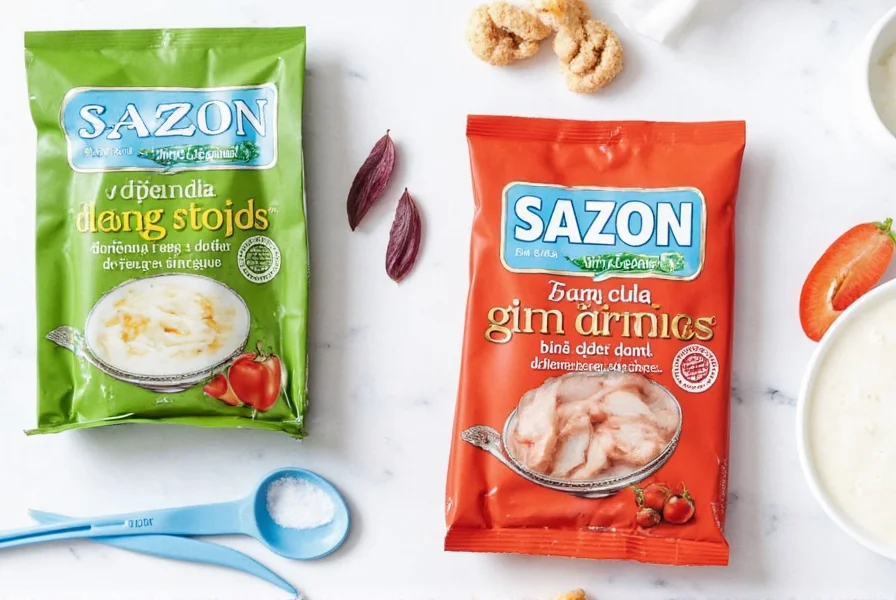
Sazon in the Global Spice World
While packet of sazon is rooted in Latin American cuisine, its popularity has spread globally. Chefs worldwide use it creatively: in Mexican mole sauces, Caribbean jerk seasoning, and even fusion dishes like sazon-spiced pasta or stir-fries. According to the International Association of Culinary Professionals, sazon's versatility makes it a favorite among professional chefs for adding depth to non-traditional dishes.
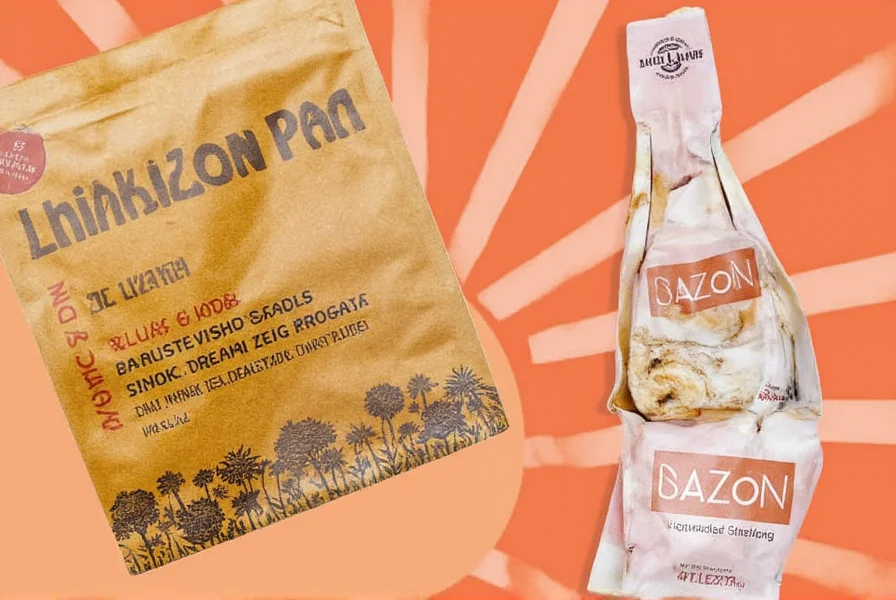
Frequently Asked Questions About Sazon Packets
What is the difference between sazon with and without achiote?
Sazon with achiote contains annatto seed, which gives dishes a distinctive orange-red color along with a slightly earthy, peppery flavor. Sazon without achiote has the same spice blend but lacks the coloring properties and subtle flavor of annatto. Both varieties work well, but choose based on whether you want the vibrant color in your dishes.
Can I make my own sazon at home?
Yes! A basic homemade sazon recipe combines 2 tablespoons ground coriander, 1 tablespoon garlic powder, 1 tablespoon onion powder, 1 tablespoon dried oregano, 1 tablespoon cumin, 1 teaspoon paprika or annatto powder (for color), and 2 tablespoons salt. Mix thoroughly and store in an airtight container for up to 6 months.
How long does a packet of sazon last?
An unopened packet of sazon typically has a shelf life of 1-2 years when stored in a cool, dry place. Once opened, it's best used within 6 months for optimal flavor. Store opened packets in an airtight container to preserve freshness and prevent clumping.
Is sazon gluten-free?
Most commercial sazon packets are naturally gluten-free as they contain only spices and salt. However, always check the label as some brands may process their products in facilities that handle wheat or may include anti-caking agents that contain gluten. If you have celiac disease or severe gluten sensitivity, look for certified gluten-free options.
Can I use sazon in non-Latin dishes?
Absolutely! While sazon originates from Latin American cuisine, its versatile flavor profile works well in many dishes. Try adding a pinch to roasted vegetables, scrambled eggs, soups, stews, or even salad dressings. It can add depth to Italian pasta sauces or give a flavor boost to Asian stir-fries when used sparingly.
What can I use if I don't have sazon?
If you don't have sazon, create a quick substitute with equal parts garlic powder, onion powder, cumin, and coriander plus a pinch of oregano and salt. For the achiote color, add a small amount of paprika or turmeric. The flavor won't be identical, but it will provide a similar flavor profile for your dish.
Conclusion
In a world where convenience and flavor go hand in hand, the packet of sazon stands out as a must-have in any kitchen. With its rich history, bold flavors, and easy usability, it's no wonder that so many people rely on this small but mighty spice blend. Whether you're making a traditional dish or experimenting with new recipes, a packet of sazon is your key to unlocking deliciousness. So next time you're shopping for spices, don't forget to grab a few packets of sazon—they might just change the way you cook forever.
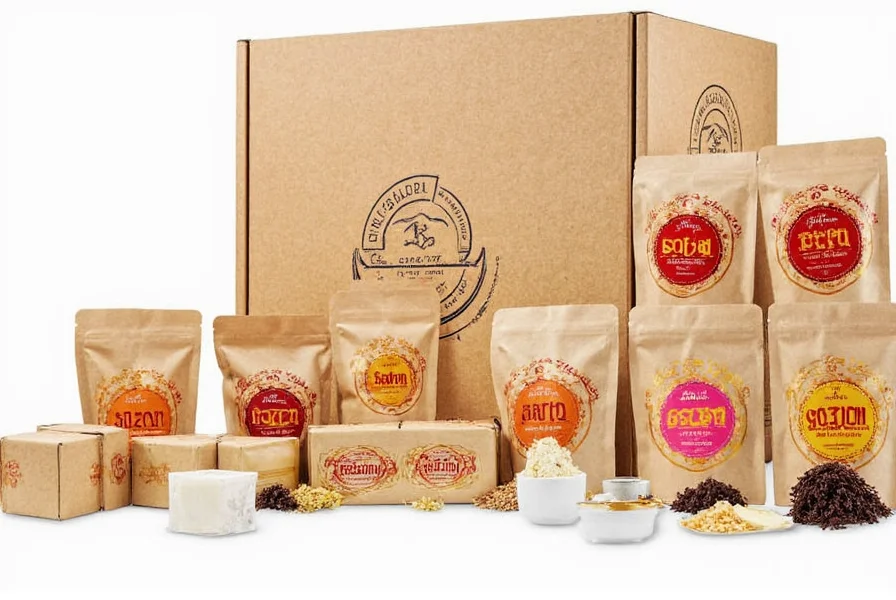

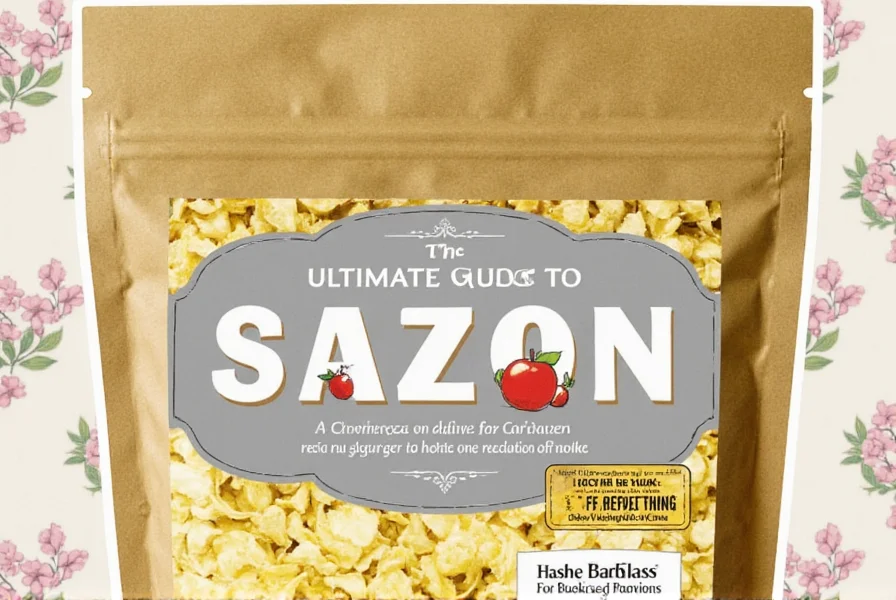









 浙公网安备
33010002000092号
浙公网安备
33010002000092号 浙B2-20120091-4
浙B2-20120091-4